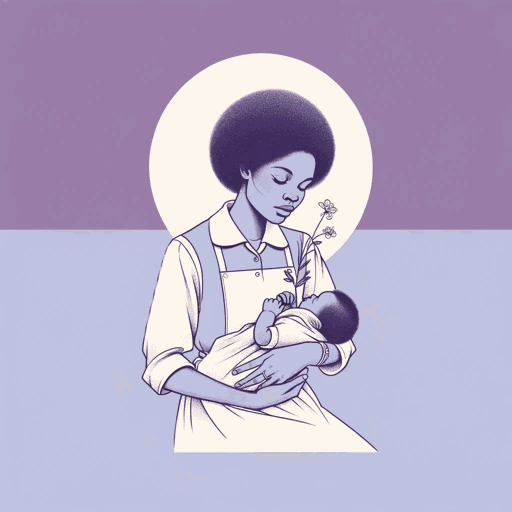46 pages • 1 hour read
Sharon M. DraperRomiette and Julio
Fiction | Novel | YA | Published in 1999A modern alternative to SparkNotes and CliffsNotes, SuperSummary offers high-quality Study Guides with detailed chapter summaries and analysis of major themes, characters, and more.
Background
Literary Context: Adaptations of William Shakespeare’s Romeo and Juliet
Sharon M. Draper’s Romiette and Julio does not hide its literary roots, its debt to the play Romeo and Juliet, William Shakespeare’s iconic tragedy of young lovers doomed because of their families’ feud. The students at Thomas Jefferson High School read Romeo and Juliet in their English class and watch the musical West Side Story, an adaptation of Romeo and Juliet. Furthermore, the novel’s police captain and principal newscaster mention the striking similarity between Romi and Julio’s names and Shakespeare’s characters. Romeo and Juliet’s popularity for more than four centuries attests to its relevance. Because of its defiant teenage characters and examination of powerful emotions, the play is a go-to text for high school English classes; for many, it is their introduction to Shakespeare.
Narrative elements of Romeo and Juliet have become familiar in various novel and film adaptations: Adaptations often follow two young, reckless lovers driven by passion, theirs being a forbidden love that violates entrenched boundaries and is doomed to end in death. Romiette and Julio, however, makes a significant change to the Shakespearean template. In the novel, tension does not come from a longstanding feud between families, as it does in Shakespeare’s tragedy, nor does it explicitly come from two warring gangs as it does in Leonard Bernstein and Stephen Sondheim’s musical West Side Story.
Related Titles
By Sharon M. Draper

Blended
Sharon M. Draper

Copper Sun
Sharon M. Draper

Darkness Before Dawn
Sharon M. Draper

Fire from the Rock
Sharon M. Draper

Forged By Fire
Sharon M. Draper

Just Another Hero
Sharon M. Draper

November Blues
Sharon M. Draper

Out of My Heart
Sharon M. Draper

Out of My Mind
Sharon M. Draper

Stella by Starlight
Sharon M. Draper

Tears of a Tiger
Sharon M. Draper

The Battle of Jericho
Sharon M. Draper

We Beat the Street: How A Friendship Pact Led to Success
George Jenkins, Rameck Hunt, Sampson Davis, Sharon M. Draper
Featured Collections
Books on Justice & Injustice
View Collection
Diverse Voices (High School)
View Collection
Fate
View Collection
Friendship
View Collection
Hate & Anger
View Collection
Realistic Fiction (High School)
View Collection
Romance
View Collection
Safety & Danger
View Collection
Valentine's Day Reads: The Theme of Love
View Collection

